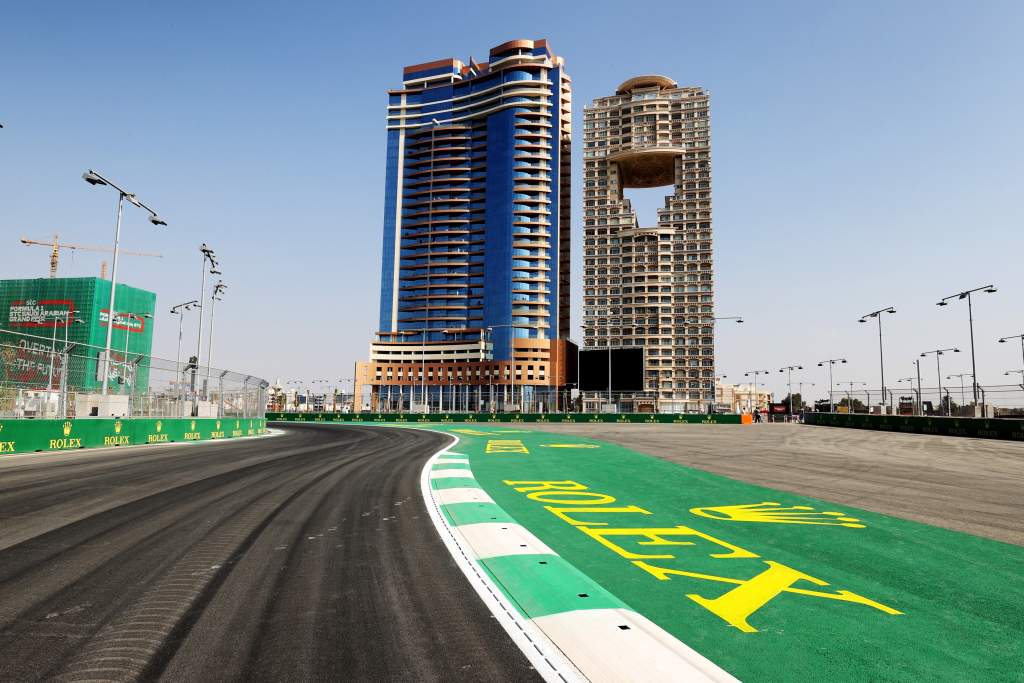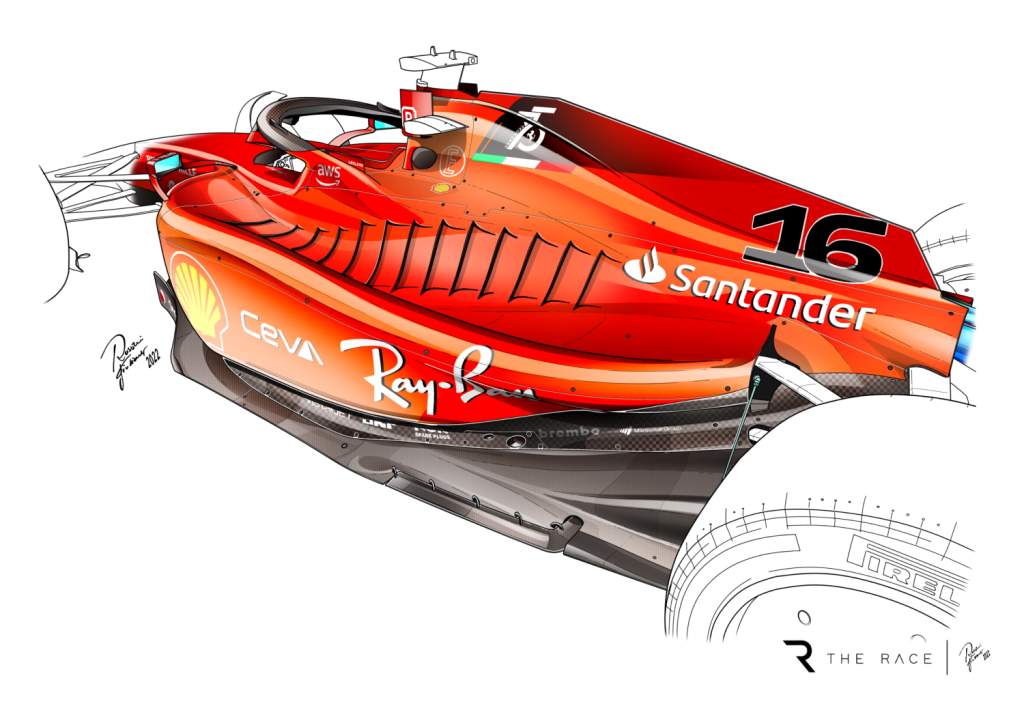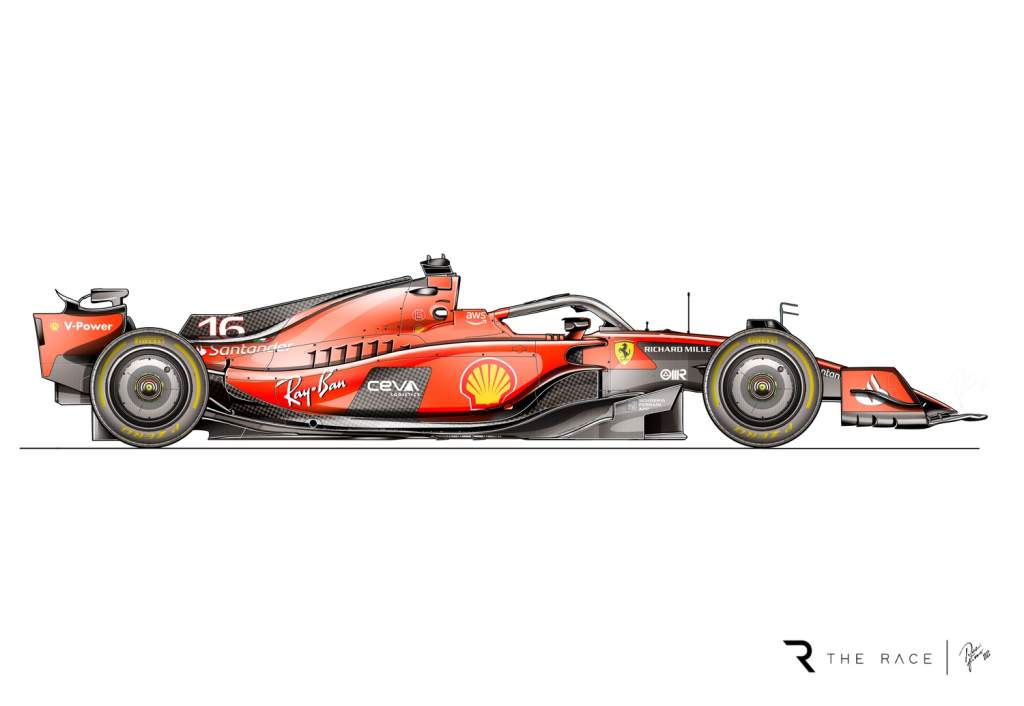Up Next

Is the Ferrari we saw at the Bahrain Grand Prix representative of what we can expect from the SF-23 throughout the 2023 Formula 1 season?
This is what many F1 fans are asking themselves, after a disastrous start to the season for Ferrari with a car not worthy of rivalling a Red Bull RB19 which, rumour has it, ran tuned down in the final laps of the season opener and would have otherwise gone as much as one second per lap faster than its opposition.
There is a fear that the 2023 season could be dominated by Red Bull. The RB19 improved on its 2022 time by almost a full second, while Ferrari found only 0.5s. The Bahrain GP was cause for a lot of discouragement and pessimism among those hoping for a title fight.
However, there are several reasons to believe that the Ferrari SF-23 from Bahrain was not particularly close to its real potential.
First of all, Ferrari was particularly hamstrung by the Pirelli tyres’ behaviour in a race conditioned by substantial tyre degradation. The SF-23, in both Charles Leclerc’s and Carlos Sainz’s hands, looked a ‘tyre-eater’ in testing already, and stayed true to form in the grand prix weekend. But qualifying, where the prevailing tyre factor isn’t one of management but of getting rubber in the correct temperature window, showed an SF-23 capable of fighting on par (or almost) with the Red Bull RB19.

Is the SF-23 really a hopeless tyre-eater?
In the words of new Ferrari team boss Fred Vasseur, if a car is intrinsically slow it is slow in all conditions.
These new-generation cars have long proven to be very sensitive to mechanical rather than aerodynamic set-up. Ferrari certainly failed in Bahrain to find a set-up capable of being more gentle on the tyres without being too slow.
But the Sakhir circuit is among the least conducive to tyre longevity due to a very abrasive asphalt, and this certainly accentuated Ferrari’s problems. The race pace of the SF-23 was practically identical to that of its predecessor, the F1-75 (just a tenth of a second between them), which clearly shows that the new car did not show the potential that was seen in the simulator.

The next race is held on the Jeddah circuit, with a much less abrasive asphalt and also a very different layout. If what we saw at Sakhir is indicative of the performance of the 2023 cars, then Ferrari should certainly do better in the Jeddah race.
Sainz’s team radio during his shortlived battle with Fernando Alonso’s Aston Martin was emblematic – “I can push harder but I ruin the tyres and we don’t finish the race” was a phrase that highlighted the understanding that Ferrari competed at lower pace to save rubber.
The problem in Bahrain was the set-up. In Jeddah, the conditions will be less unfavourable for the SF-23.
Another problem encountered by Ferrari in terms of set-up concerns aerodynamics, as it was unable to use the single-pillar rear wing, with more impact on the main profile.
The problems were of a structural nature, with the wing flexing dangerously, creating the risk of it detaching from the car. Within two weeks this problem should be resolved, although it is not clear that the new wing will be used on the fast Saudi Arabian layout.

In Bahrain, the SF-23 seemed too unbalanced at the front, with an overly light rear that caused oversteer problems – more of a complication for Sainz than Leclerc.
During the tests, Ferrari had shown difficulty in getting the car turned in the middle of the corner, with a lot of steering angle. It decided to intervene by unbalancing the car more in the front area, but this made the rear unstable.
During the race, before his engine failure, Leclerc asked his engineer to reduce the front wing angle to have a more balanced car between front and rear.
On a rear-limited circuit like that of Bahrain, the problem of tyre degradation exploded. Red Bull, on the other hand, was the only team out of 10 to have problems with tyre wear on the front axle. It will be interesting to see how the RB19 performs on more front-limited tracks such as Melbourne.
But back to Ferrari – Jeddah is a less severe track on the rear tyres and this will certainly help the SF-23.
Outside of pure performance, reliability, obviously, remains a question mark. But Leclerc’s exit in Bahrain, though costly, needn’t be emblematic of a wider concern. Though the retirement came after a precautionary swap of the control electronics (battery), it was apparently a trivial issue with the electrical wiring.
Ferrari is in a transitional phase when it comes to its sporting and technical management. The timing of Mattia Binotto’s departure in the winter was certainly not ideal, given it was at an important moment in the development of a car. Now, adding on to it is the resignation of the head of aerodynamics David Sanchez, who played a big part in the ‘excavated’ Ferrari sidepod concept.

The changes Ferrari is undergoing are a sign that the team is evolving, and it is not yet known if it could make the 2023 season a full-on rebuilding year. The Vasseur-led revamping of the internal organisation chart is something that could continue for a while – with it a priority to arrive at a definitive team in good time for 2026, when the technical regulations will change.





